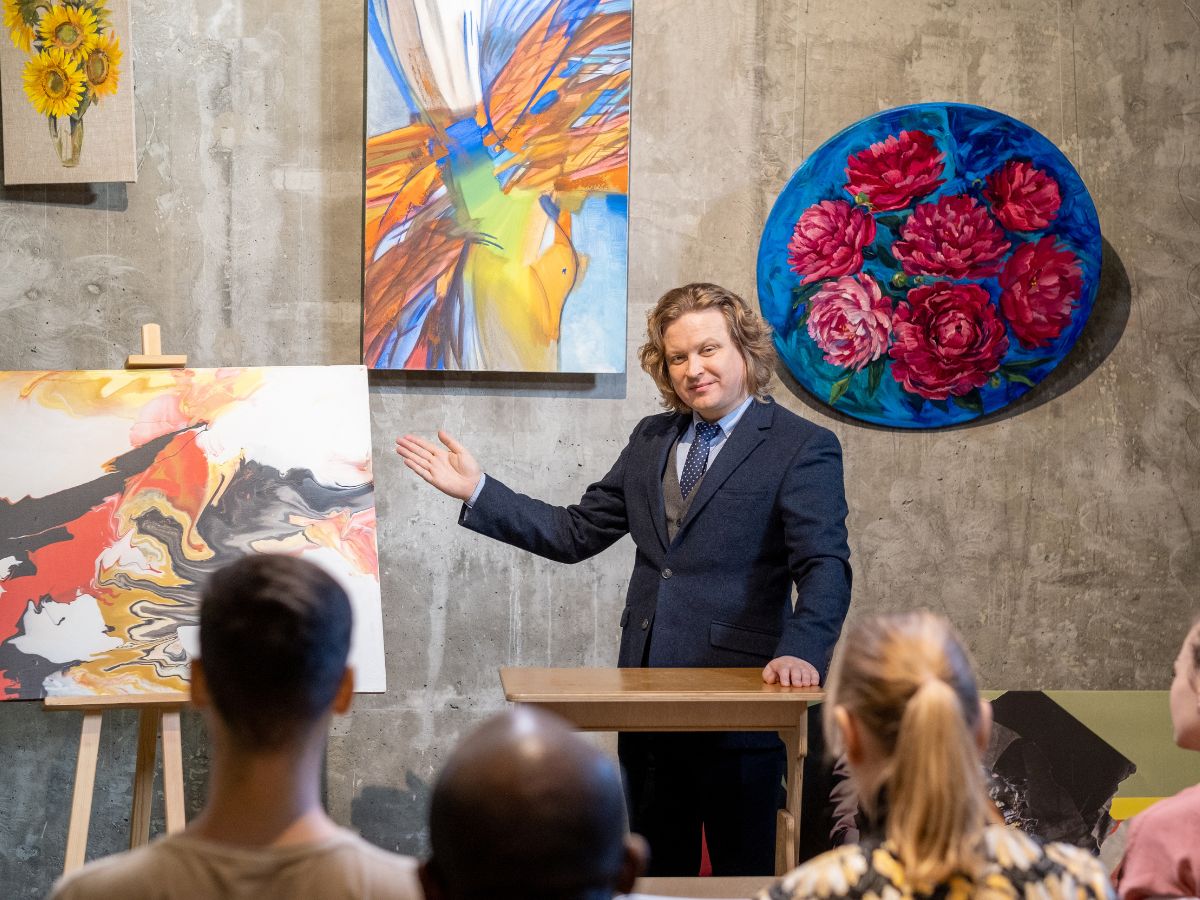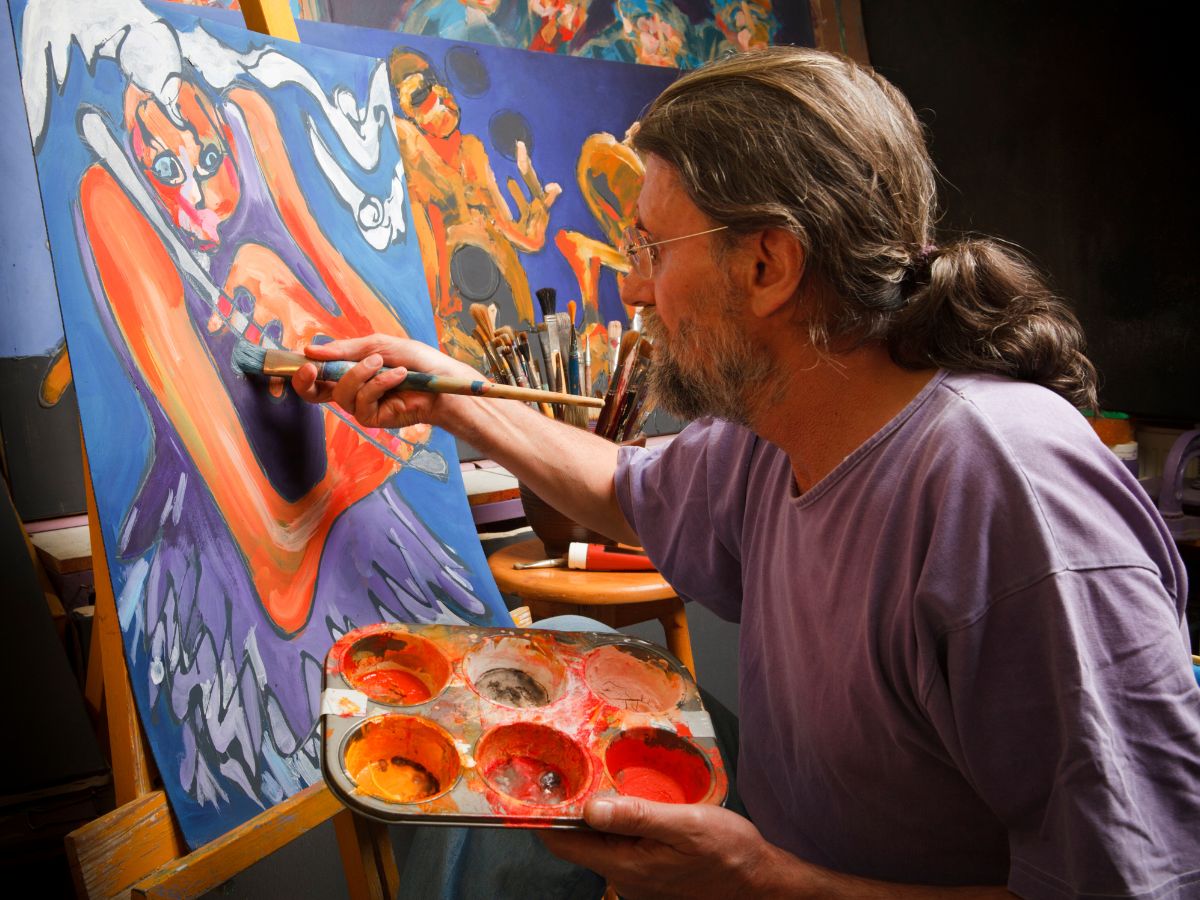
Overcoming the Fear of Failure: How Artists Can Connect with Their Audience
Facing the fear of failure is a common struggle for artists. It can be paralyzing, making it difficult to create and share work with the world. But, overcoming this fear is crucial not only for personal growth but also for connecting with an audience. Here’s how artists can tackle their fear of failure and build meaningful relationships with their viewers.
1. Understand the Nature of Fear
Fear of failure often stems from a desire for perfection and the pressure to meet high standards. Recognizing this can help you reframe your mindset. Instead of viewing fear as an obstacle, see it as a natural part of the creative process. Every artist experiences it, and acknowledging its presence is the first step towards overcoming it.
Understanding fear is foundational. By addressing the root cause, you can begin to dismantle the barriers it creates.
2. Embrace Vulnerability
Art is a deeply personal endeavor. Sharing your work means exposing a piece of yourself to the world. Embracing vulnerability can be a powerful way to connect with your audience. When viewers see the authenticity and emotion behind your work, they are more likely to resonate with it.
Know that vulnerability fosters connection. Highlighting this helps you understand that your audience values authenticity, which can diminish the fear of negative judgment.
3. Set Realistic Goals
One of the most effective ways to combat the fear of failure is to set realistic, achievable goals. Instead of aiming for perfection, focus on progress and improvement. Celebrate small victories and milestones in your artistic journey. This shift in perspective can alleviate the pressure to create flawless work.
Realistic goals can lessen the fear of failure by reducing the pressure to be perfect.
4. Practice Self-Compassion
Artists are often their own worst critics. Practicing self-compassion means treating yourself with the same kindness and understanding that you would offer a friend. Accept that mistakes are part of the learning process and use them as opportunities for growth.
5. Seek Feedback and Community
Engaging with a community of fellow artists can provide invaluable support. Constructive feedback from peers can help you see your work from different perspectives and improve without the fear of harsh judgment. Put your defensiveness at bay and have an open mind about what your peers have to say about your art. Sharing your experiences and challenges with others can also help you realize that you’re not alone in your fears.
6. Focus on the Process, Not Just the Outcome
The journey of creating art is as important as the finished piece. By focusing on the process, you can find joy and fulfillment in the act of creation itself, rather than being solely outcome-oriented. This mindset can reduce the fear of failure and enhance the creative experience. Shifting focus to the process rather than the outcome can diminish the fear associated with end results.
7. Share Your Story
Every artist has a unique story to tell. Sharing the inspiration and struggles behind your work can create a deeper connection with your audience. People are often drawn to the stories behind the art, and this transparency can make your work more relatable and impactful. Storytelling can humanize the artist and make their work more accessible.
Facing the fear of failure is a challenging but essential part of an artist’s journey. Remember, every artist faces fear, but it’s how you respond to it that defines your growth and success.
